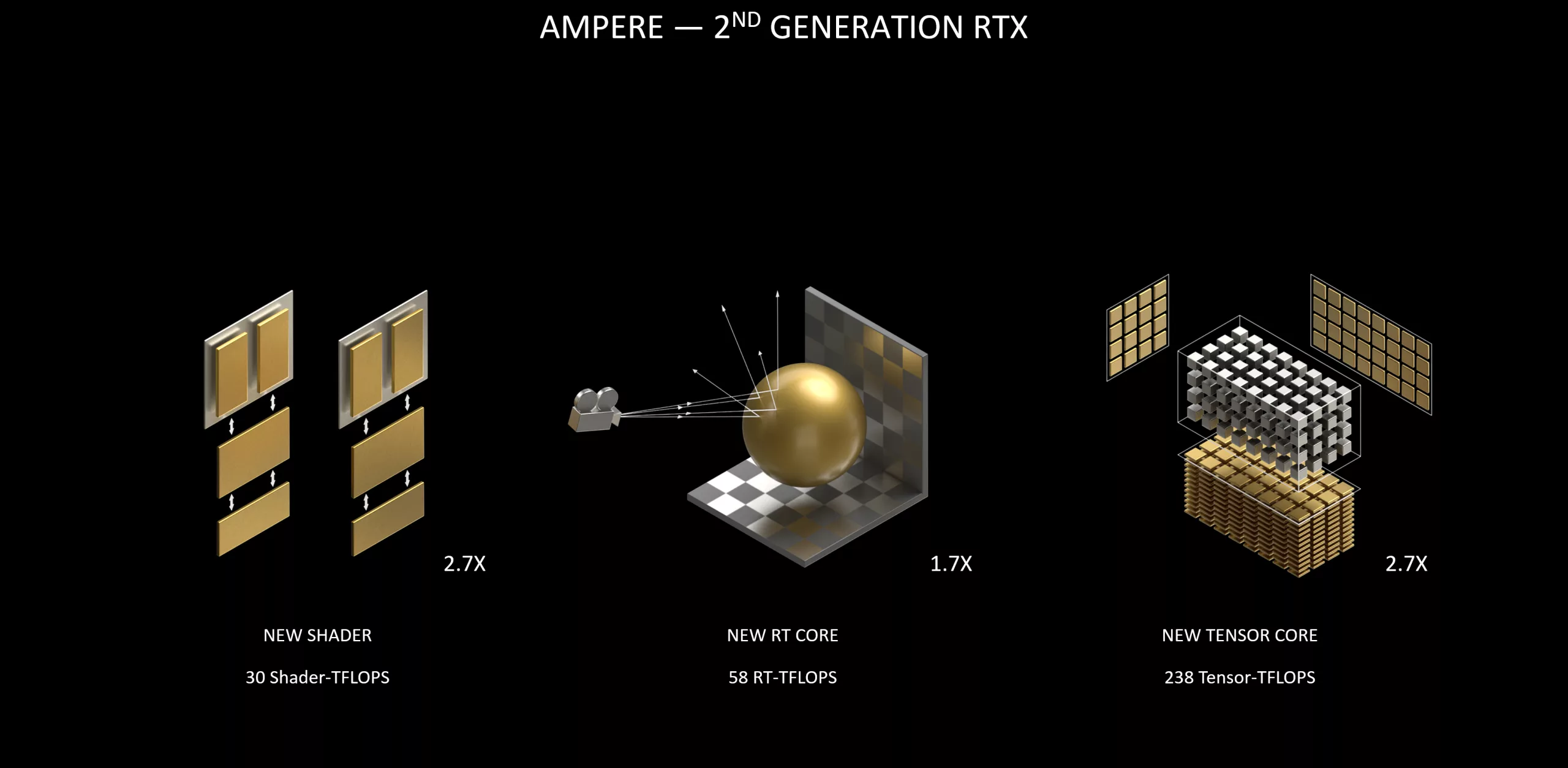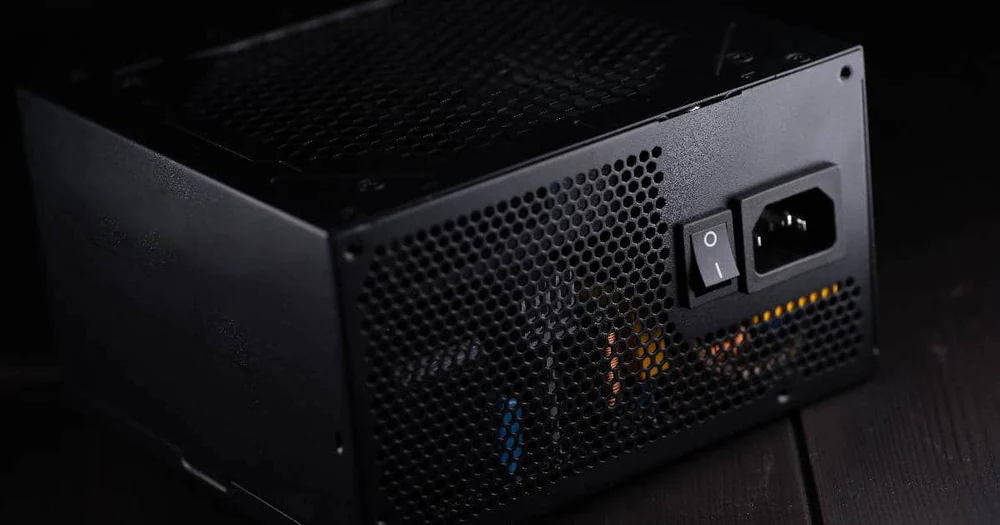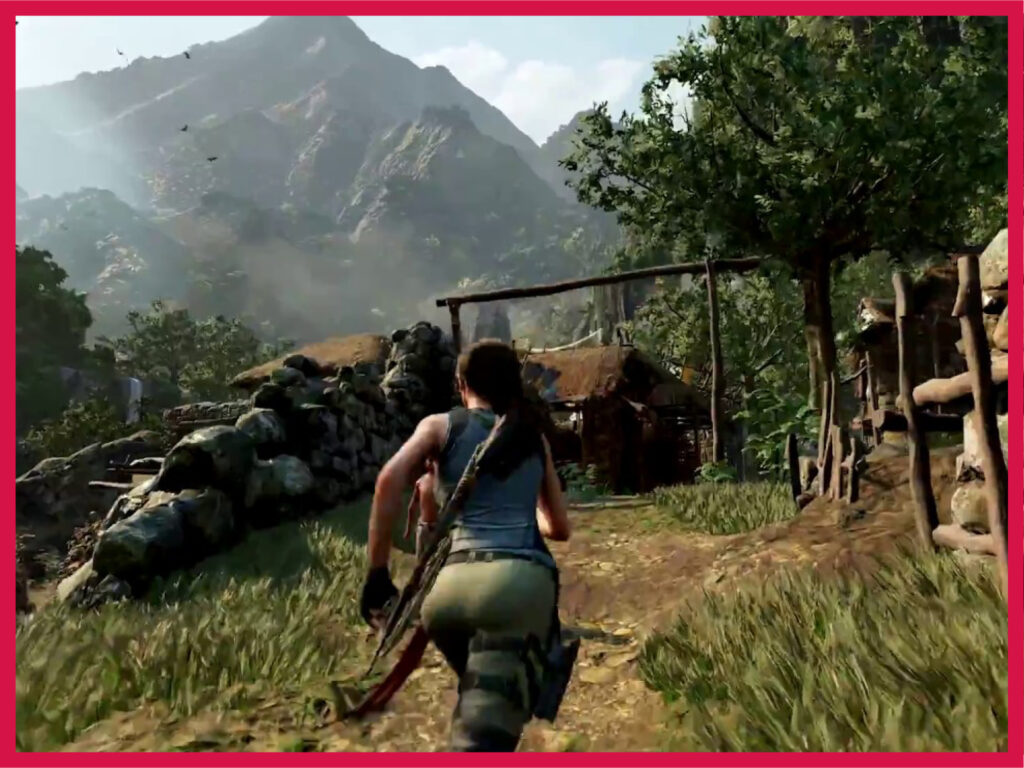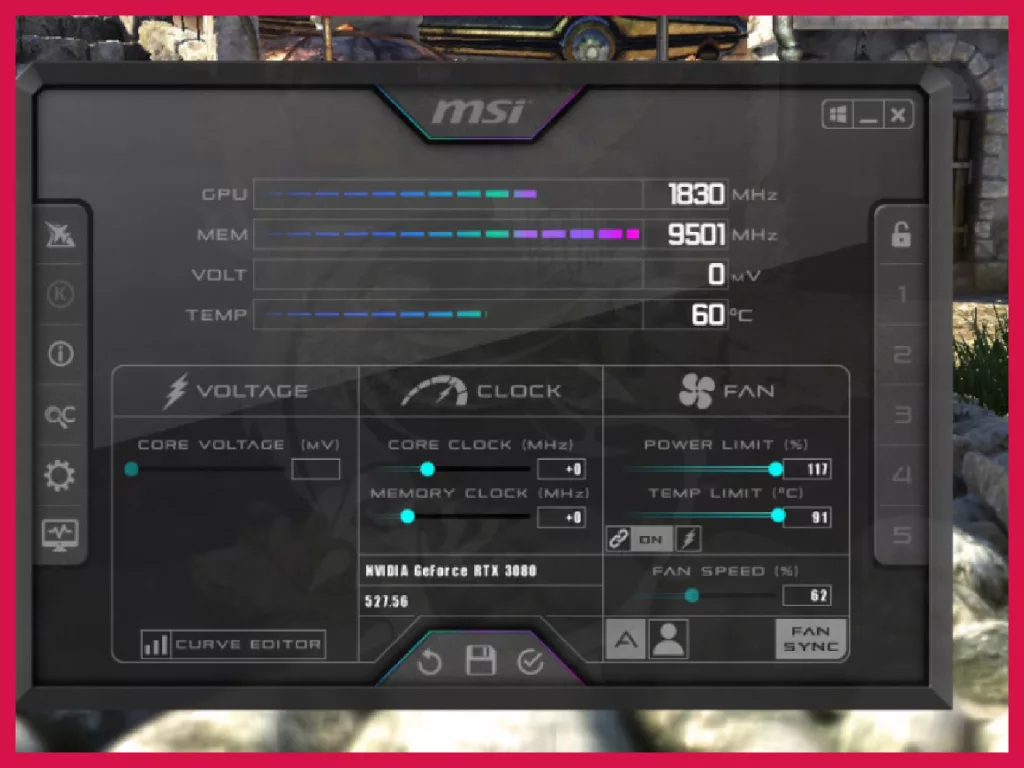One of the main improvements with the RTX 40 series, aside from DLSS Frame Generation, is how the GPUs perform ray tracing. If you take gaming seriously, you’re probably aware of the industry’s ongoing quest for realism and immersion. The use of ray tracing technology in gaming visuals has been one of the most notable achievements in reaching this goal.
Additionally, Nvidia’s 40 series GPUs are leading the way in ray tracing, pushing the limits of what is conceivable visually in video games. In this article, we explore the possibilities of ray tracing on Nvidia’s most recent and potent 40 series GPUs, give examples from real-world applications, and break down the technical magic that drives it all.
The Most Powerful GPUs
It’s noteworthy that the use of RT by gamers grew a lot with the release of the 40 series, especially when compared to RTX 20 and 30 series’ ray tracing capabilities.
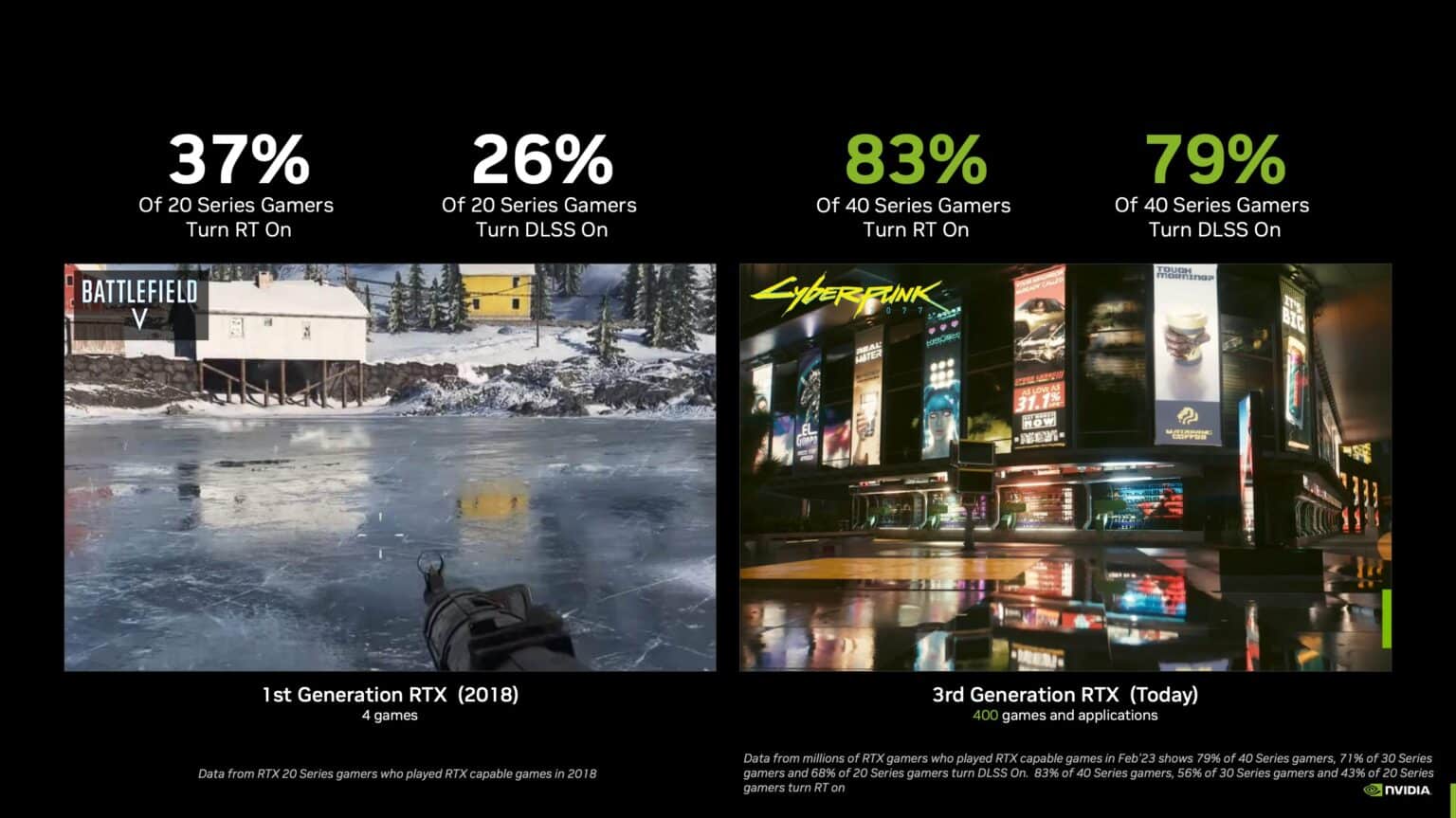
Let’s first understand the immense power and potential of Nvidia’s 40 series GPUs before entering into the magic of ray tracing. These graphics cards are technological wonders created to provide an unmatched gaming experience; they are not just pieces of hardware.
If you own an RTX 4090, RTX 4080, or any other card from the 40 series lineup, you own a gaming powerhouse. These GPUs can handle even the most demanding games graphically with incredible graphic quality and frame rate that have transformed how gamers play games.
But their extraordinary ability to trace rays is what truly sets them apart. Ray tracing is enabled by 83% of 40 Series, 56% of 30 Series, and 43% of 20 Series gamers, according to Nvidia.
New Heights in Realism
Ray tracing is a rendering method to understand how light interacts with objects in a virtual environment. It is the secret ingredient to create the game’s remarkably realistic scenes.
Imagine playing your favorite open-world game while exploring a dimly lit wilderness. How the sunlight from the setting sun passes through the trees and reflects on the forest grounds. Reflection of the evening clouds, trees, and the setting sun forms on the still lake surface seems like a mirror.
Gaming has previously only dreamed of achieving such an astounding level of realism. However, because of ray tracing, it’s now a common feature in many games and provides an unmatched level of realism. And it’s the immense processing power and dedicated ray tracing cores of Nvidia’s 40 series GPUs that take this realism to a whole new dimension.
How Ray Tracing Works
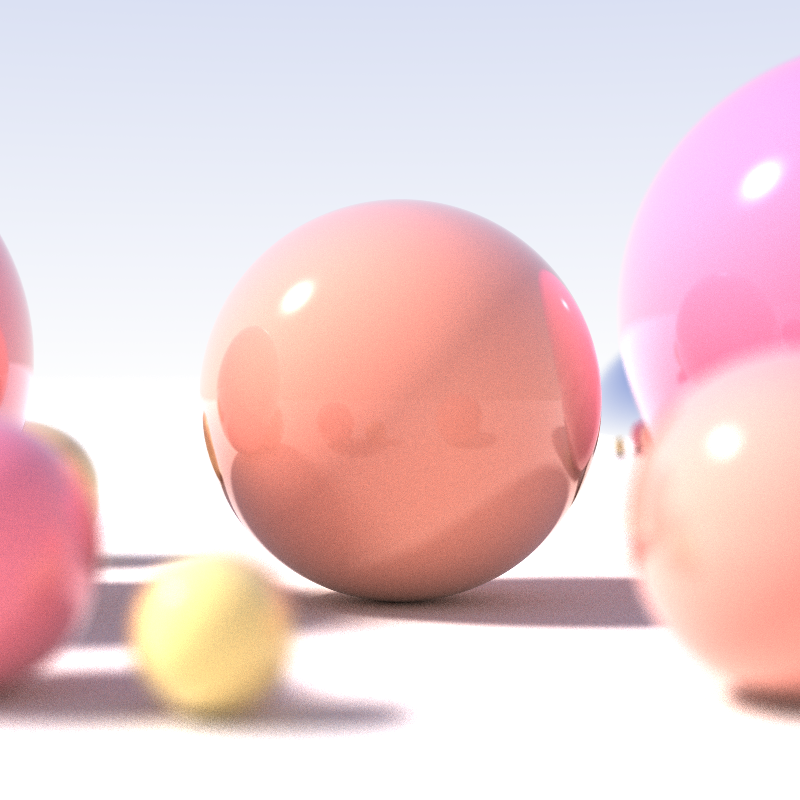
Let’s dive into the technical wizardry that brings ray tracing to life on Nvidia’s 40 series GPUs.
The Opacity Micro-Map (OMM) and Micro-Mesh engines are used to improve performance. It is claimed that these engines enable accelerated ray tracing for demanding tasks such as rendering textures like fences and foliage.
Shader Execution Reordering (SER), which is new in the RTX 40-series, significantly enhances ray tracing as well. We observe unwanted execution and data divergence because the GPU must follow many code pathways and access data in various ways when mimicking the behavior of the light.
In every current game, shaders determine the proper color, darkness, and light levels within a scene, and divergence issues might cause them to function slowly. This issue is only made worse by the processing required to capture the results of almost endless light beams interacting with various scene components.
GPU performance is highest when the workload is coherent, hence SER was developed to increase coherence by minimizing both types of divergence.
Since groups of threads are now performing the same tasks Rearranging GPU threads dramatically improves GPU’s performance. Through SER, frame rates could rise by as much as 25%, and the performance of shaders can be enhanced by 2X.
The primary purpose of ray tracing is to trace every light ray that interacts with various components of the virtual world. A huge number of light beams every one of which represents just one beam of light is generated for each frame of the GPU.
The virtual world allows users to track these Rays. When a ray comes in contact with any surface it is the GPU decides how light will react to the surface. This formula takes into account scattering, refraction, as well as reflection, among others.
Every image on your screen is produced using the results of the calculations. In the end, users get a stunning visual feast that includes authentic lighting, shadows and reflections, and much more.
Real-World Examples: Where Ray Tracing Shines
Let’s look at some real-world examples of well-known games that use ray tracing to provide an unrivaled visual experience to understand this technology’s significance fully.
Cyberpunk 2077
Ray tracing in CD Projekt Red’s dystopian masterwork Cyberpunk 2077 brings a huge, neon-lit landscape to life. Global illumination offers realistic lighting that adds to the immersive ambiance of the game. Neon signs cast a colorful glow, puddles on the streets reflect the tall skyscrapers, and there are neon signs everywhere. You may explore Night City in all its splendor with Nvidia’s 40 series GPUs without sacrificing performance.
Battlefield 2042
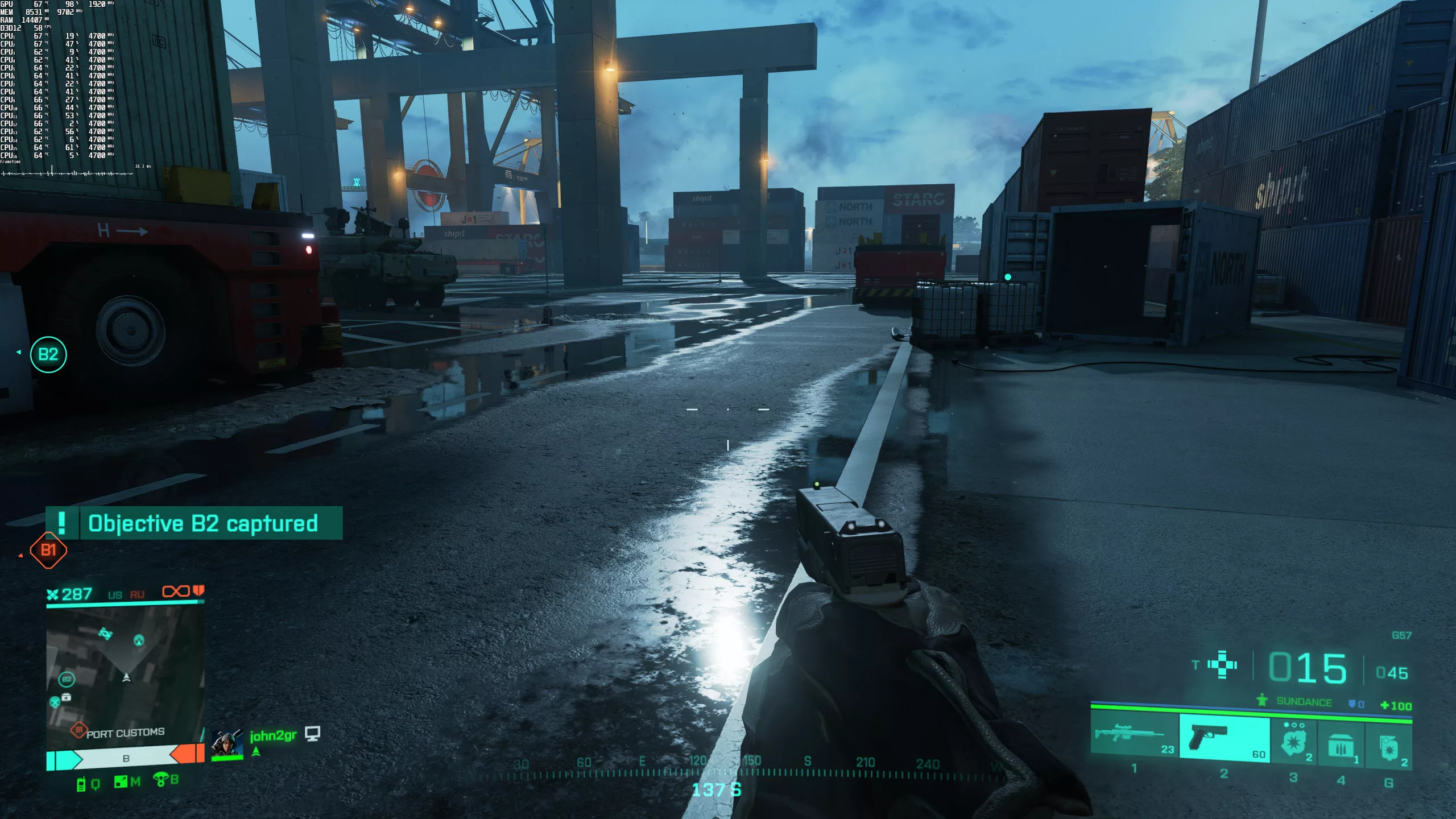
Battlefield 2042, the most recent installment in the Battlefield series, uses ray tracing to make its battlefield a dynamic and visually spectacular conflict zone. Explosions create realistic shadows, and the sun’s beams produce brilliant lens flares. You’ll see amazing images that blur the boundaries between reality and game, giving you the impression that you’re in the middle of an epic conflict thanks to the increased power of the 40 series GPUs.
Minecraft with RTX
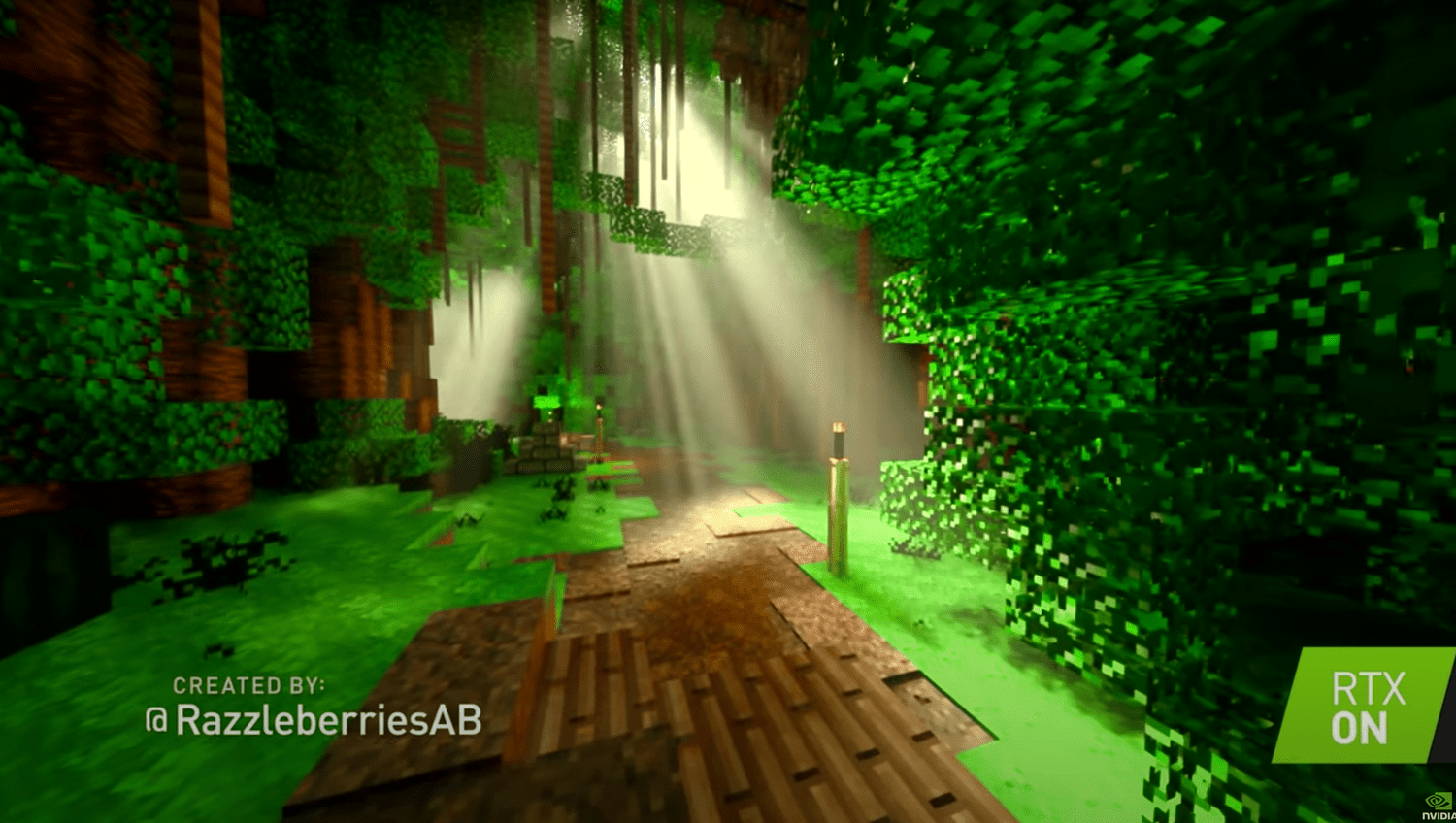
Even the beloved blocky world of Minecraft has embraced ray tracing, thanks to Nvidia’s 40 series GPUs. The night sky is studded with stars in this fully ray-traced version of the Minecraft world, where sunlight filters through trees and water shimmers so realistically. It demonstrates how ray tracing can give even the most recognizable and straightforward games fresh vitality.
Visual Revolution or Another Gimmick?
From those who cancel motion blur to those who cancel ray tracing as another gimmick that’s often overdone—You’ll find a slew of criticism from gamers of all genres. More often than not, the criticisms stem from poor implementation of the technology itself. Spinning around to hit an enemy behind you in Witcher 3 with motion blur on is a pain, but so is sound design in some dungeons of New World and some projectile mechanics in tactical shooters.
When done right, ray tracing can truly “elevate” the gaming experience and make it more immersive, much like any other mechanic or feature. There’s no doubt about that.
Nvidia’s 40 series GPUs have brought in a new era of gaming realism because of their unmatched ray tracing abilities. These GPUs allow video games’ visual quality to be at previously unheard-of levels because of their powerful processing capabilities and specialized ray-tracing cores.
Ray tracing lets virtual environments come to life, making them more immersive and incredible qualities than ever before, whether it’s the brightly lit alleyways in Cyberpunk 2077 or the ferocious battles of Battlefield 2042.
However, are these GPUs worth the price?
If you’re looking to experience gaming with the greatest authenticity manner possible it’s yes! The Nvidia 40 series graphics cards are the key to a new experience in gaming. Get ready to be blown away, and experience gaming like you’ve never seen it before. It’s not just about games; it’s a whole visual revolution that’s changing how we see things on our screens!


